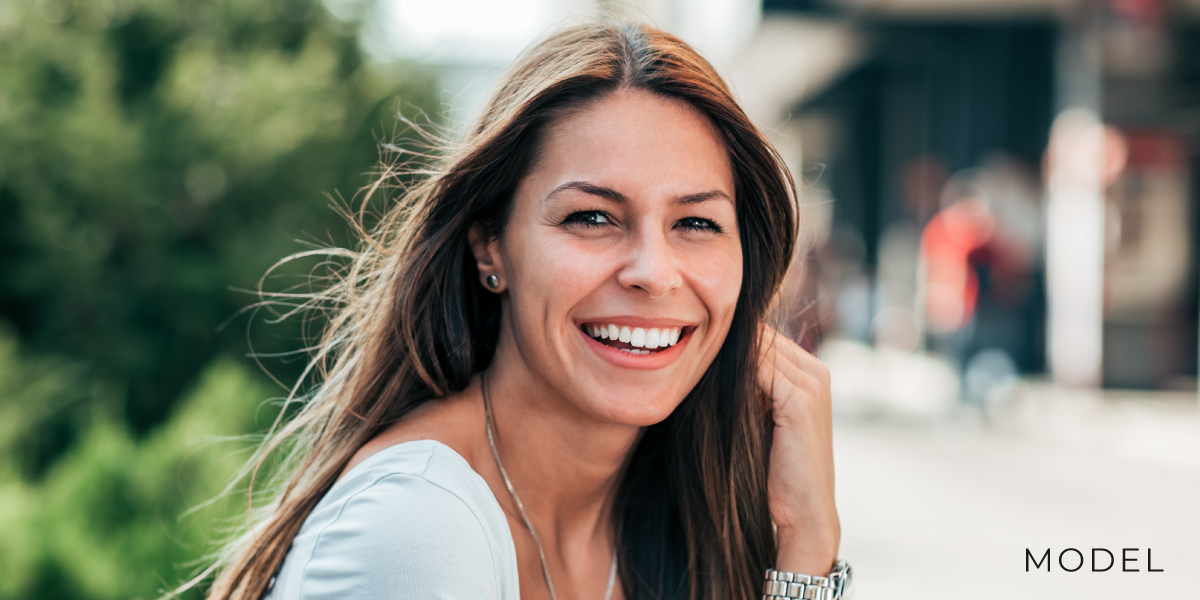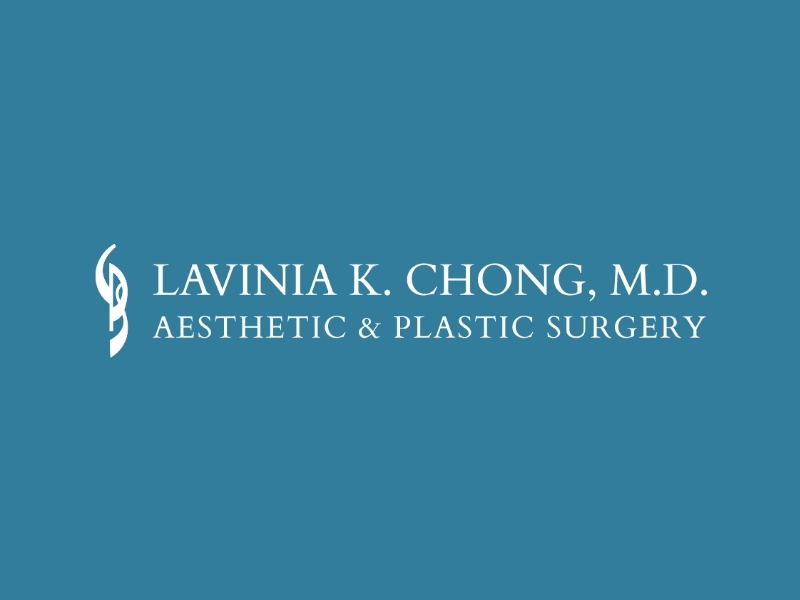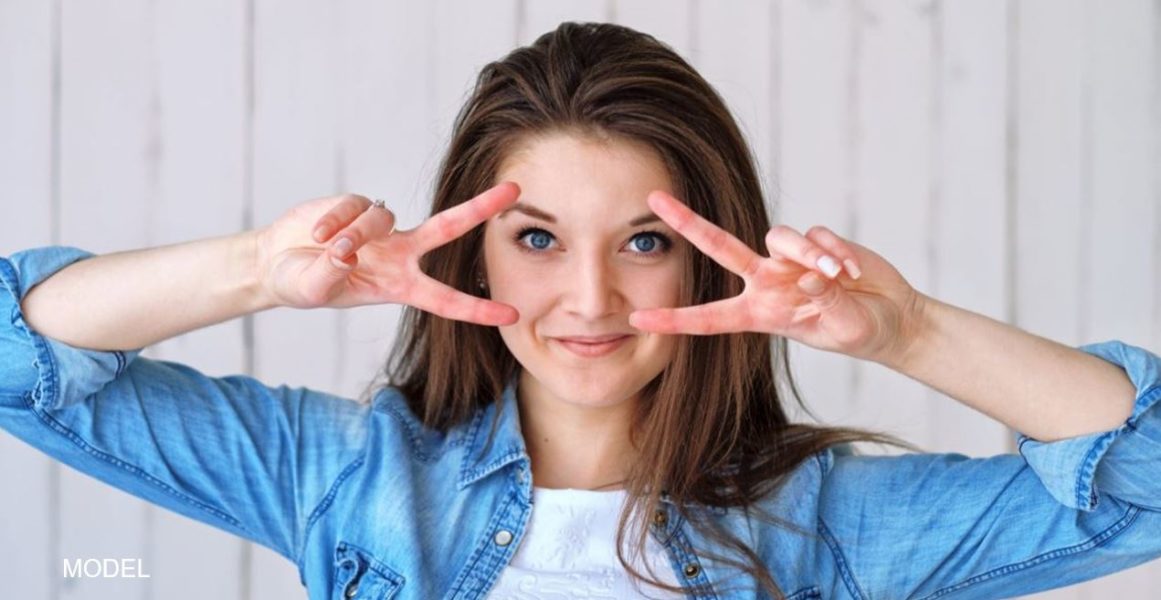
It is commonly said that the eyes are among the first facial aesthetic units which manifest aging. Patients remark that they have been asked whether they are sad, tired or unhappy; generally, they aren’t “suffering” from any of these conditions and the concerns of others is often the driving force for their consults.
Physical findings:
Upper lids: Women will frequently note that application of eye shadow, liner is more difficult because skin redundancy invariably smudges. The skin excess is most prominent laterally (towards the outer corner) but there may also be some fullness (due to fat pad herniation) near the nose. Inspection of the position of the eyebrow is also important as aging will also cause a relative descent of the brow, which also contributes to the so-called “hooded” upper eyelid.
Lower lids: Common complaints are “bags”, crepey skin & dark circles or hollowing; a full inventory of what the patient dislikes is critical for appropriate surgical planning. “Plastic Surgery gone wrong” galleries invariably serve as examples of undesirable outcomes.
Goals:
Both upper and lower eyelids serve important roles of protection and lubrication, amongst others, which is essential for eye health. Accordingly, form (appearance) must follow function, however there is a difference between complete healing for upper and lower lid surgery, which the potential consumer must be briefed on and accept. A comprehensive preop ophthalmologic (eye) history will be taken and patients are encouraged to discuss any and all past conditions before scheduling. Although the periorbita may swell and bruise, physical pain is mild to moderate and the patient’s reintegration to work and social life can be as short as 10 days. There are nonsurgical procedures, such as neurotoxins and fillers, which can temporarily mitigate against the patient’s complaints, however these do require frequent retreatment. Surgical results are not “forever”, however it is rare to “repeat” the same procedure, more than once, because the aging process highlights other aesthetic areas’ contribution to our dissatisfaction.
Many patients are pleasantly surprised to learn that upper eyelid lifts can be both conducted both safely and comfortably, under local anesthesia with oral sedation in our AAAASF (American Association for Accreditation of Ambulatory Surgical Facilities) surgical suite. In 1.5hours, the excess upper lid skin and fat can be reduced, the deeper periocular muscles “tightened” to confer better mechanical advantage; all without the need for intravenous sedation. More extensive reconfiguration of the upper lid and brow and lower lid lifts do require IV sedation and are frequently combined with midcheek lifts. A customized plan requires in person evaluation as well as a thorough understanding of your particular needs. We look forward to visiting with you



